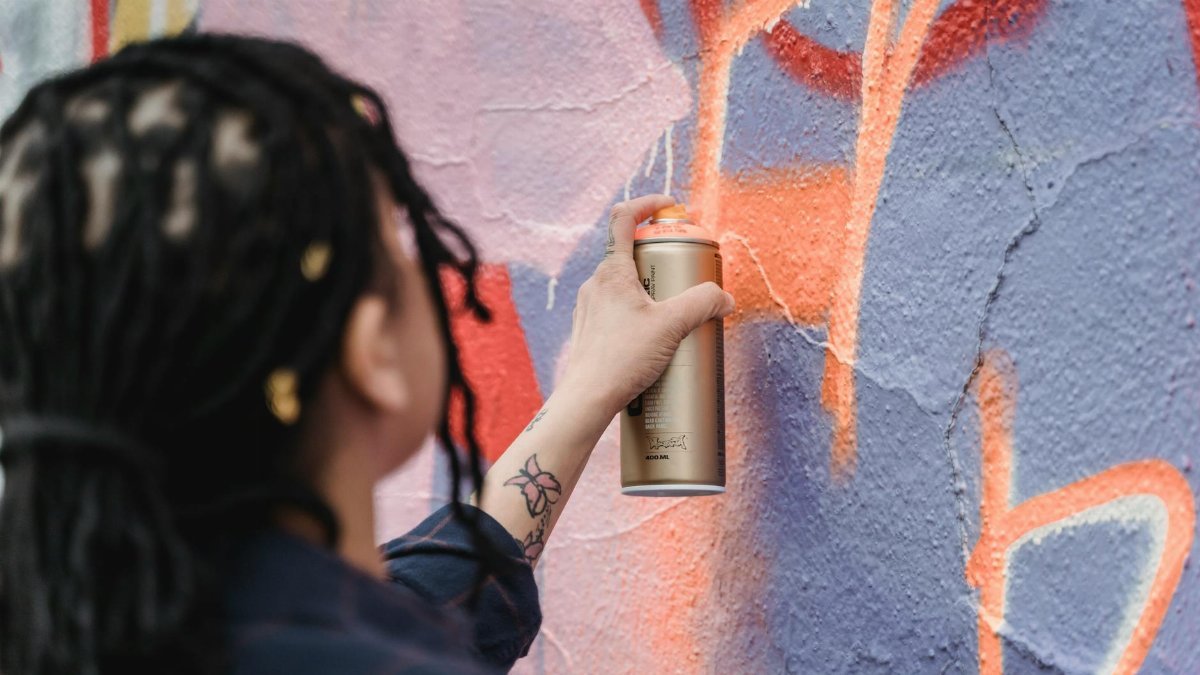Is breath ratio alpha the key to unlocking a calmer, more focused mind? Simply put, breath ratio alpha refers to specific breathing patterns, like the 4-6 or 4-8 counts, designed to shift brain activity from beta to alpha waves—moving you from a stressed, overactive state to one of relaxed alertness. As more Americans seek natural ways to manage stress in 2025, this technique is gaining traction for its simplicity and effectiveness. It’s not just a trend; it’s a tool backed by science for altering mental states.
What Is Breath Ratio Alpha?

Breath ratio alpha involves structured breathing patterns to influence brainwave activity. By extending the exhale—such as inhaling for 4 seconds and exhaling for 6 or 8—you slow your heart rate and encourage the brain to enter an alpha state, associated with calmness and creativity. This contrasts with beta waves, which dominate during stress or intense focus. Research into breathwork supports its impact on the nervous system, making this a practical method for mental clarity.
How Does It Work?

The mechanics are straightforward. When you elongate your exhale, you activate the parasympathetic nervous system, which signals the body to relax. This shift can lower cortisol levels and reduce anxiety. Studies, like those summarized by the National Center for Complementary and Integrative Health, highlight how controlled breathing alters physiological responses. Breath ratio alpha specifically targets a rhythm that nudges the brain toward alpha wave dominance.
Why Alpha Waves Matter

Alpha waves, typically ranging from 8 to 12 Hz, are linked to a state of wakeful relaxation. They’re prominent when you’re daydreaming or meditating, fostering creativity and reducing mental chatter. Unlike beta waves, which keep you on edge, alpha states help with problem-solving and emotional balance. Using breath ratio alpha to access this state offers a natural way to reset during a hectic day.
Practical Steps to Try It

Start with a simple 4-6 ratio: inhale through your nose for 4 seconds, then exhale slowly for 6. Sit comfortably, close your eyes if possible, and repeat for 5 minutes. For a deeper effect, try a 4-8 count, extending the exhale further. Consistency matters—practicing daily, even briefly, can train your body to shift states more easily. Apps or timers can help maintain the rhythm until it feels natural.
Benefits Backed by Science

Controlled breathing isn’t just anecdotal. Research from institutions like Harvard Medical School, as detailed on their health blog, shows breathwork can lower blood pressure and improve mood. Breath ratio alpha, by promoting alpha wave activity, may enhance focus and reduce symptoms of anxiety, offering a low-cost, accessible tool for mental wellness in today’s fast-paced world.
Who Can Use This Technique?

Almost anyone can benefit from breath ratio alpha, from stressed professionals to students facing exams. It requires no equipment, just a few quiet minutes. Those with respiratory conditions should consult a doctor first, but for most, it’s a safe practice. As mindfulness continues to trend in the U.S., this technique fits seamlessly into routines for better mental health in 2025 and beyond.
